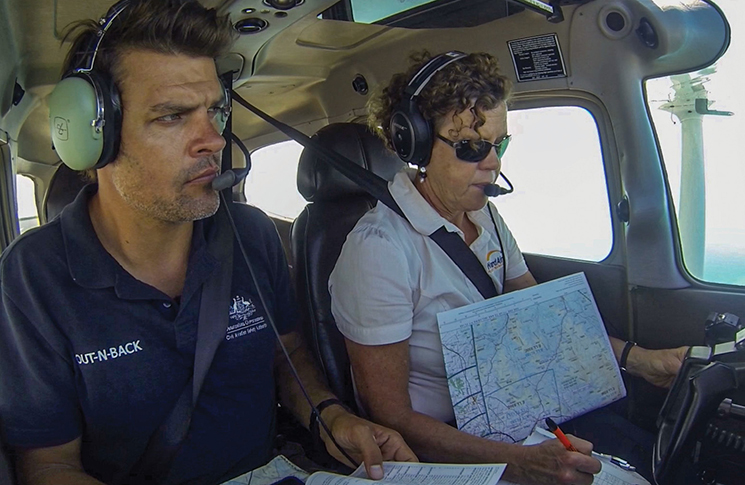- You must not continue an approach to land beyond the threshold of the runway until an aircraft that is landing on a crossing strip has:
- landed and vacated all runways
- crossed or stopped short of the runway intersection
- touched down
- landed
- An aircraft is in the vicinity of a non-controlled aerodrome if it is within:
- 10 nm and 3,000 ft of the aerodrome
- 15 nm and at a height that can conflict with operations
- 10 nm and at a height that can conflict with operations
- 15 nm and 5,000 ft of the aerodrome
- What radio broadcasts are mandatory at non-controlled aerodromes:
- taxiing, base
- taxiing, inbound, base
- none
- when necessary to avoid the risk of a collision
- When 2 aircraft are on converging headings at approximately the same height:
- the aircraft that has the other on its right must give way
- the aircraft that has the other on its left must give way
- both aircraft shall alter heading to the right
- one aircraft shall climb and the other descend
- The specified VFR cruising levels for VFR flight are:
- odd thousands when travelling 170° magnetic
- odd thousands plus 500 ft when travelling 170° magnetic
- even thousands when travelling 170° magnetic
- even thousands plus 500 ft when travelling 170° magnetic
- Other than rotorcraft, all turns in the circuit:
- must be to the left, unless stated otherwise in the AAI
- can be in either direction
- should be left but a pilot can opt to go the other way providing a radio call
- should be to the right
- Before commencing a straight-in approach at a non-controlled aerodrome, you must:
- give a radio call
- wait for other traffic to land
- manoeuvre within 5 nm to set up for approach
- determine wind direction and runways in use
- You may only land and take off downwind:
- if there is no other traffic
- if the wind is less than 10 kts
- if your flight manual allows it
- if you have assessed the situation as safe to do so
- Flights in a mandatory broadcast area (MBA) must broadcast:
- turning base
- backtracking
- overflying
- before or immediately after entering the MBA
- The standard radio broadcast format is:
- location traffic, type, callsign, intentions, location
- location traffic, callsign, type, intentions, location
- location traffic, type, callsign, intentions, location traffic
- location traffic, callsign, intentions, location traffic
- If the radio fails while flying in Class G airspace under VFR:
- select 7600 on the transponder and continue
- select 7700 on the transponder and descend below 5,000 ft as soon as practicable
- broadcast intentions on 126.7
- select 7600 on the transponder and descend below 5,000 ft as soon as practicable
- You may fly at a non-specified VFR cruising level when:
- below 5,000 ft AMSL, or above 5,000 ft AMSL but below 1,500 ft AGL
- below 3,000 ft AMSL, or above 3,000ft AMSL but below 1,500 ft AGL
- below 10,000 ft AMSL
- within the vicinity of a non-controlled aerodrome
- When flying in Class G by day VFR, you must have a radio when:
- above 3,000ft AMSL
- at all times
- above 5,000 ft AMSL
- below 1,500 ft AGL
- In Class G, VFR pilots should monitor the appropriate VHF frequency and announce if in potential conflict. The appropriate frequency is:
- the area VHF frequency
- the published CTAF frequency when operating in the vicinity of an aerodrome
- the broadcast area CTAF when operating in the broadcast area
- all of the above
- A horizontal white dumbbell adjacent to the wind direction indicator means:
- glider operations in progress
- use hard surface movement areas only
- aerodrome unserviceable
- runway unserviceable
To view the answers, go to the next page using the page navigation buttons below.





